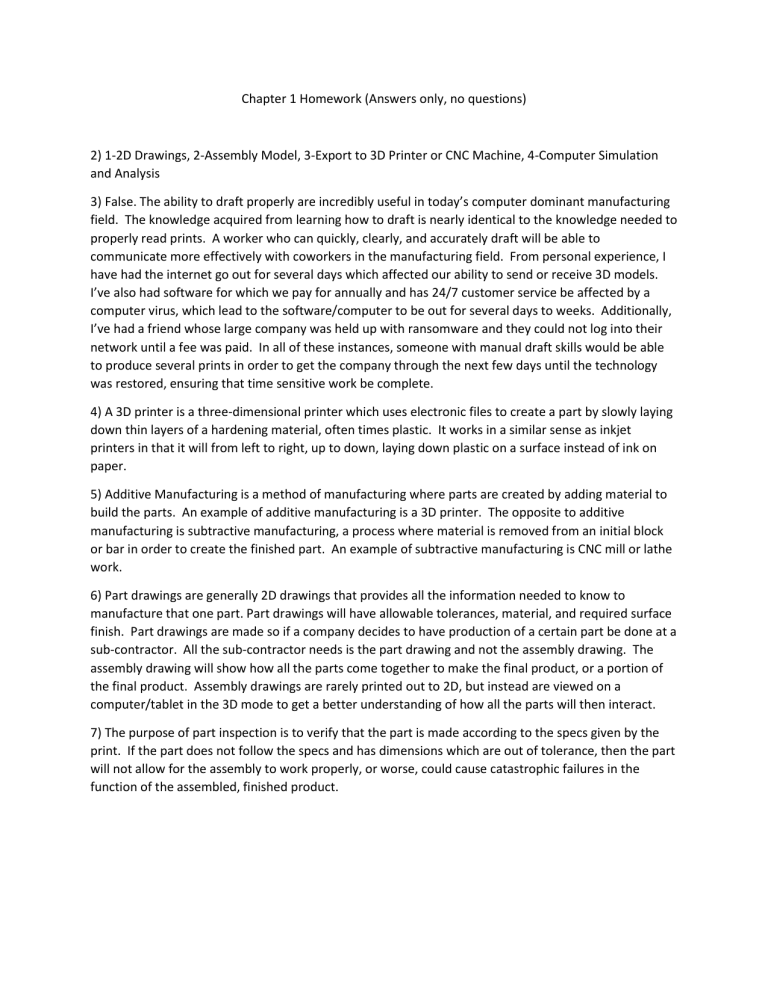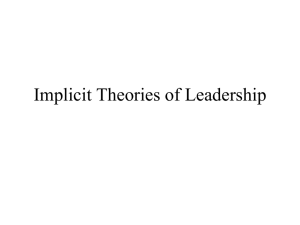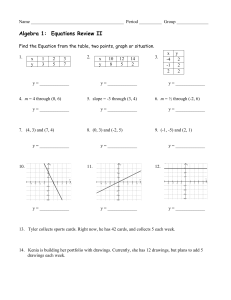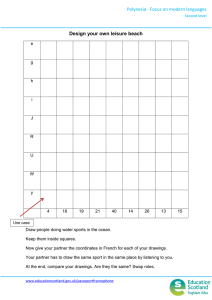
Chapter 1 Homework (Answers only, no questions) 2) 1-2D Drawings, 2-Assembly Model, 3-Export to 3D Printer or CNC Machine, 4-Computer Simulation and Analysis 3) False. The ability to draft properly are incredibly useful in today’s computer dominant manufacturing field. The knowledge acquired from learning how to draft is nearly identical to the knowledge needed to properly read prints. A worker who can quickly, clearly, and accurately draft will be able to communicate more effectively with coworkers in the manufacturing field. From personal experience, I have had the internet go out for several days which affected our ability to send or receive 3D models. I’ve also had software for which we pay for annually and has 24/7 customer service be affected by a computer virus, which lead to the software/computer to be out for several days to weeks. Additionally, I’ve had a friend whose large company was held up with ransomware and they could not log into their network until a fee was paid. In all of these instances, someone with manual draft skills would be able to produce several prints in order to get the company through the next few days until the technology was restored, ensuring that time sensitive work be complete. 4) A 3D printer is a three-dimensional printer which uses electronic files to create a part by slowly laying down thin layers of a hardening material, often times plastic. It works in a similar sense as inkjet printers in that it will from left to right, up to down, laying down plastic on a surface instead of ink on paper. 5) Additive Manufacturing is a method of manufacturing where parts are created by adding material to build the parts. An example of additive manufacturing is a 3D printer. The opposite to additive manufacturing is subtractive manufacturing, a process where material is removed from an initial block or bar in order to create the finished part. An example of subtractive manufacturing is CNC mill or lathe work. 6) Part drawings are generally 2D drawings that provides all the information needed to know to manufacture that one part. Part drawings will have allowable tolerances, material, and required surface finish. Part drawings are made so if a company decides to have production of a certain part be done at a sub-contractor. All the sub-contractor needs is the part drawing and not the assembly drawing. The assembly drawing will show how all the parts come together to make the final product, or a portion of the final product. Assembly drawings are rarely printed out to 2D, but instead are viewed on a computer/tablet in the 3D mode to get a better understanding of how all the parts will then interact. 7) The purpose of part inspection is to verify that the part is made according to the specs given by the print. If the part does not follow the specs and has dimensions which are out of tolerance, then the part will not allow for the assembly to work properly, or worse, could cause catastrophic failures in the function of the assembled, finished product.



